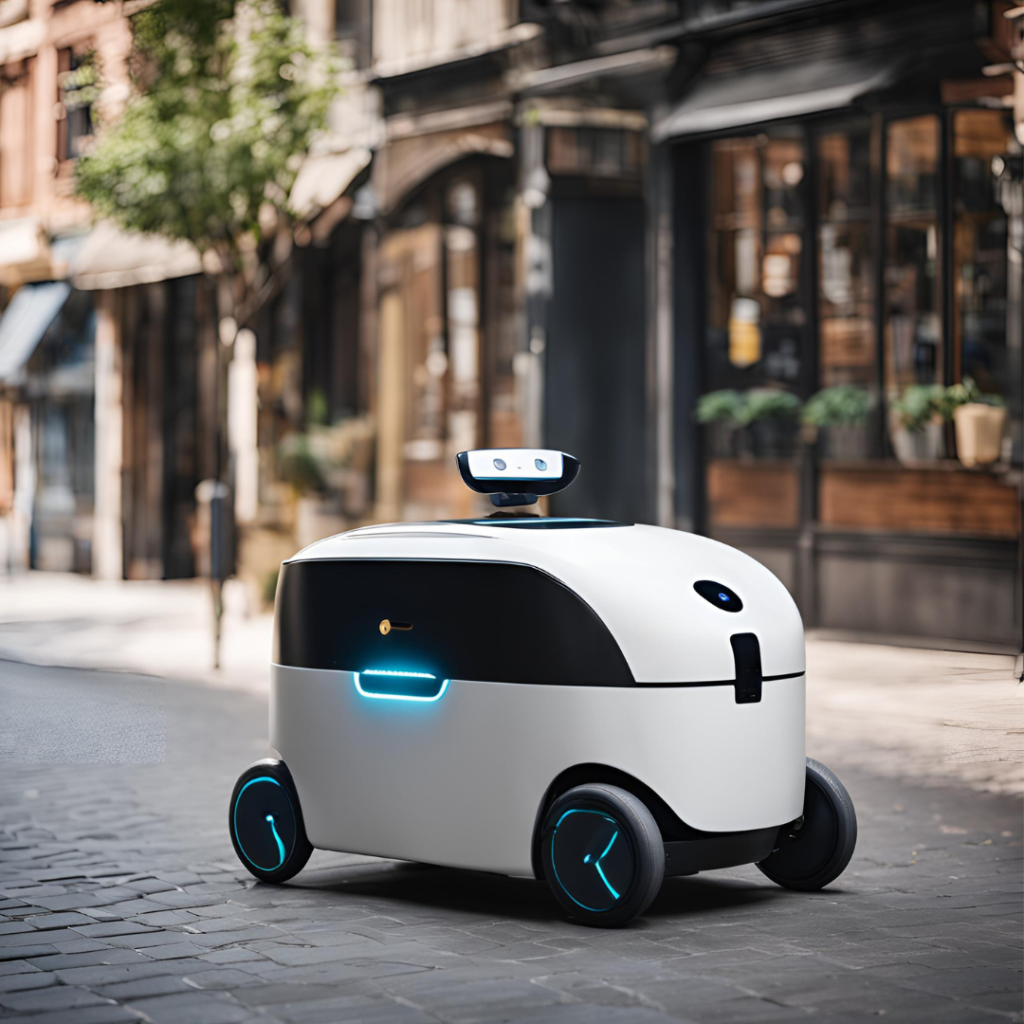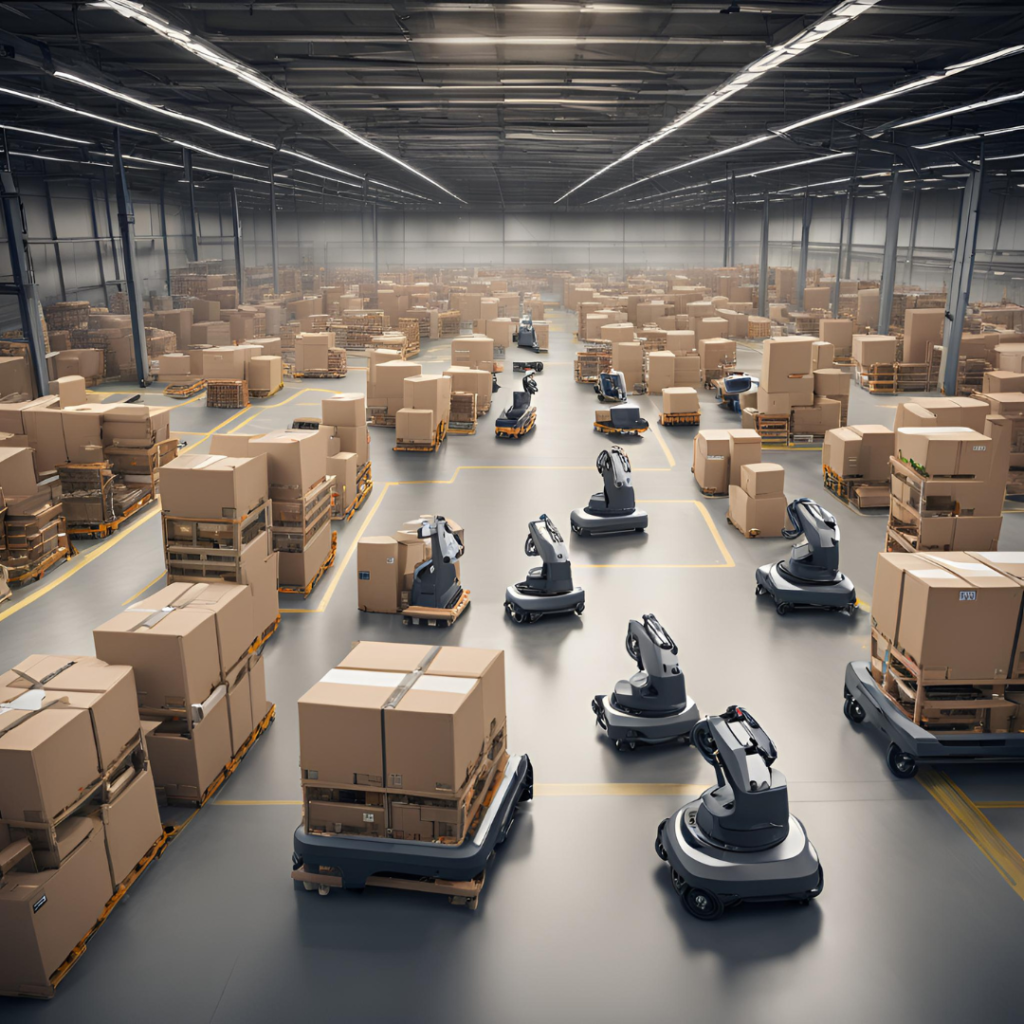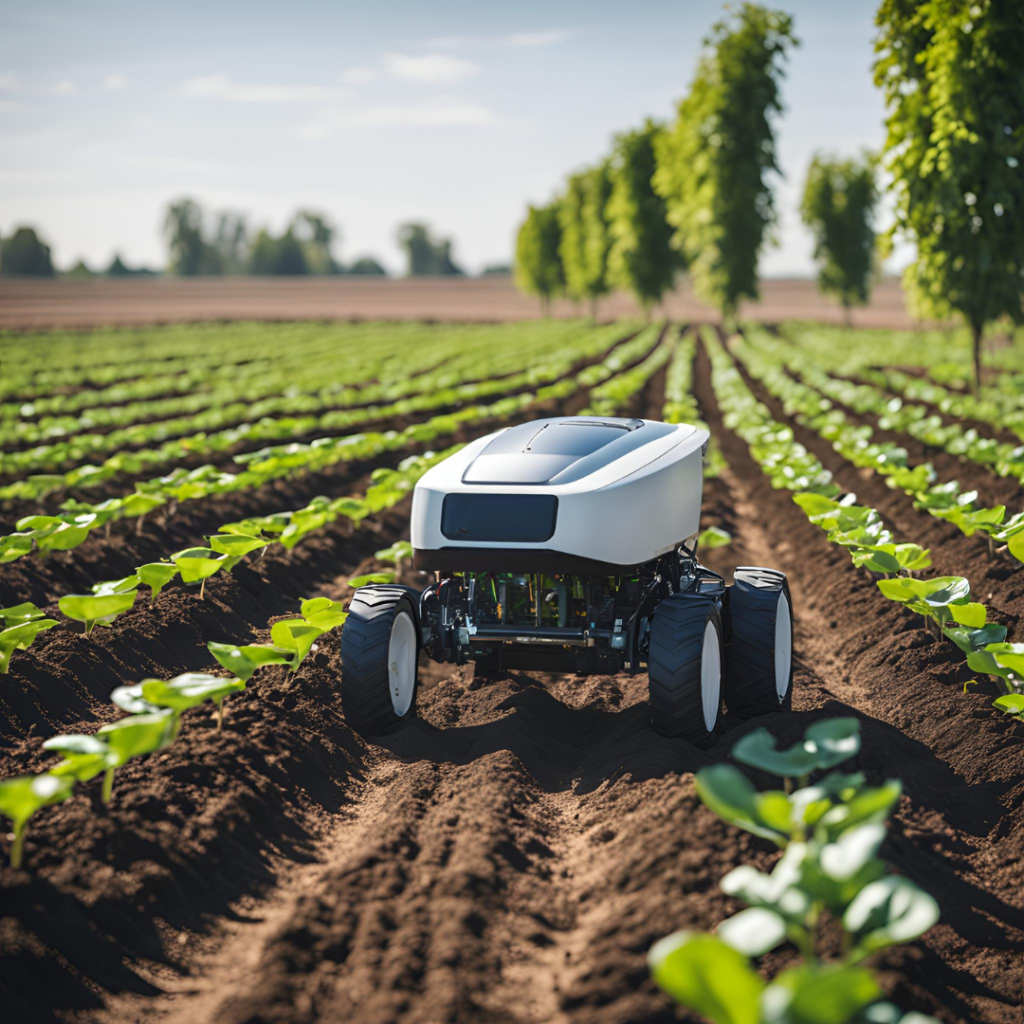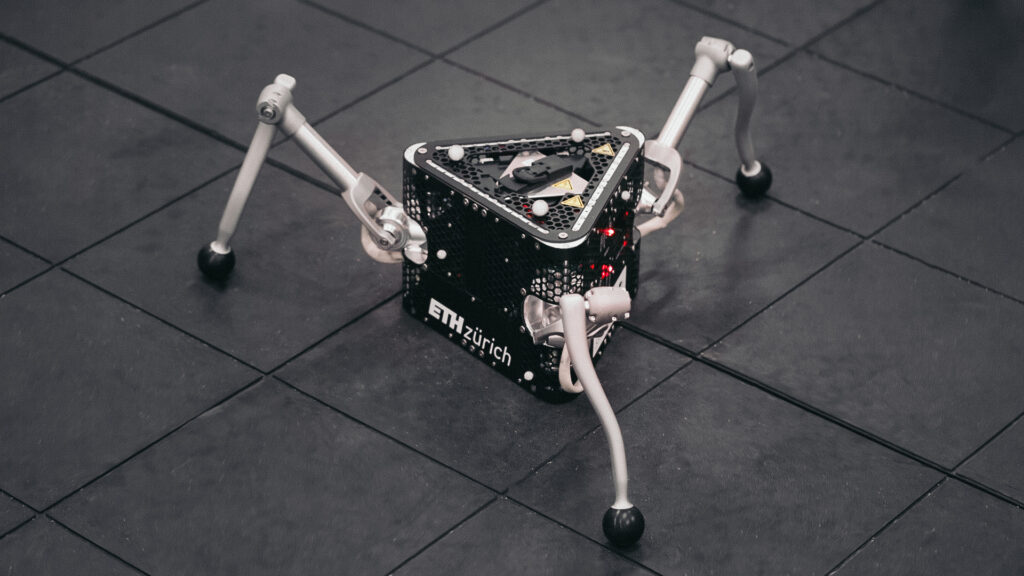Battery Management System and Battery Modules For Autonomous Robots
Battery Management System and Li-ion Battery Modules are an essential component for powering autonomous robots. ENEPAQ high-performance batteries provide reliable and long-lasting power, making them an excellent choice for robotics applications that require high energy density, compact size, and lightweight design.
At our company, we specialize in the manufacturing of top-quality Li-ion battery modules that are designed to meet the power demands of autonomous robotics using world wide popular 18650 cells, such as: VTC6 and VTC5A from Sony/Murata, Samsung 25R8 and 30Q, LG HG2 and HE2, Sanyo GA battery cells.

Battery Management System and Battery Modules Offer a Range of Benefits For Robotics Applications, Including:
- High Energy Density: Battery modules have a high energy density, which means they can store a lot of energy in a small and compact form factor. This is critical for autonomous robots that need to operate for long periods without requiring frequent recharging.
- High Power Output: Battery modules are designed to deliver high power output, making them ideal for robotics applications that require a lot of energy in short bursts. This is important for applications such as lifting heavy loads or accelerating quickly.
- Long Cycle Life: Battery modules have a long cycle life, which means they can withstand hundreds of charging and discharging cycles without losing capacity. This is critical for autonomous robots that need to operate reliably over an extended period.
- Lightweight Design: Battery modules are lightweight, making them easy to integrate into the design of autonomous robots without adding unnecessary weight. This is essential for robotics applications that require mobility and agility.
Battery Management System and Li-ion Battery Modules are suitable for use in a variety of autonomous robotics applications, including:
1. Autonomous Mobile Robots (AMRs) and Autonomous Guided Vehicles (AGVs):

Battery Management System and Li-ion Battery Modules can power mobile robots such as drones, autonomous vehicles, and robotic assistants, allowing them to operate for extended periods without requiring frequent recharging.
These robots are designed to move around a warehouse environment without human intervention, using sensors, cameras, and other technologies to navigate and perform tasks such as picking and transporting goods, restocking shelves, and even cleaning floors. AMRs and AGVs are becoming increasingly popular in warehouse and logistics operations, as they offer several advantages over traditional manual methods, including increased efficiency, accuracy, and safety.
They can work around the clock without breaks, and can easily adapt to changes in the warehouse layout or inventory. Additionally, they can free up human workers from repetitive and physically demanding tasks, allowing them to focus on more complex and value-added work.
2. Agricultural Robotics:

Battery Management System and Li-ion Battery Modules can power autonomous agricultural robots, such as autonomous tractors and drones, enabling them to perform their tasks with maximum efficiency and accuracy. These are robots designed to assist with farming tasks such as planting, harvesting, and monitoring crops. The integration of agricultural robots into farming practices alleviates the burden of labor-intensive and repetitive tasks from human workers. By automating activities such as weeding, spraying, and soil analysis, these robots free up valuable human resources, allowing farmers and agricultural professionals to focus on more complex and intellectually stimulating work. This shift in labor distribution empowers farmers to make data-driven decisions, devise innovative strategies, and engage in critical thinking to optimize their farming practices for enhanced sustainability and profitability.
3. Space Robots:

These are robots designed for use in space exploration, including planetary exploration, satellite repair, and maintenance. Overall, the Battery Management System plays a crucial role in space robotics by ensuring the efficient operation, longevity, and safety of battery systems. It enhances the overall performance and reliability of the robotic systems, enabling them to function effectively in the challenging environment of space. We have one project from our client who used ENEPAQ Battery Management System in their space robot.
– – –
Battery Management Systems (BMS) and Battery Modules play a crucial role in the operation and maintenance of autonomous robots. Here are several ways in which owners of autonomous robots can benefit from implementing a battery management system in their business:
- Enhanced Battery Performance: A BMS monitors and manages the battery’s state of charge, voltage, temperature, and other important parameters. By optimizing these factors, the BMS helps maximize the battery’s performance and lifespan, ensuring that the autonomous robots can operate at peak efficiency for longer periods.
- Extended Battery Life: The BMS employs various techniques such as cell balancing, charge control, and temperature regulation to prevent overcharging, over-discharging, and excessive temperature, which can significantly degrade battery life. By maintaining optimal battery conditions, the BMS helps extend the overall lifespan of the batteries, reducing the need for frequent replacements and saving costs in the long run.
- Improved Safety: Autonomous robots often operate in various environments, including sensitive or hazardous areas. A BMS continuously monitors the battery’s condition and can detect potential issues such as abnormal voltage or temperature levels, which could lead to safety hazards. By providing real-time alerts and taking necessary actions, the BMS helps prevent accidents and ensures the safety of both the robots and the surroundings.
- Optimal Energy Management: An efficient BMS can intelligently manage the energy consumption of autonomous robots. By analyzing the power requirements of different components and optimizing energy allocation, the BMS can prioritize critical tasks, reduce unnecessary power consumption, and ensure that the available energy is utilized efficiently. This leads to longer operating times between recharges and increased productivity.
- Predictive Maintenance: A BMS can gather data on battery usage patterns, charging cycles, and performance trends over time. By utilizing this information, the BMS can predict the health and remaining lifespan of the batteries, enabling proactive maintenance planning. It helps avoid unexpected battery failures and downtime, as well as allows for timely battery replacements or refurbishments, minimizing disruptions to the business operations.
- Cost Savings: The implementation of a BMS can result in cost savings for the owner of autonomous robots. By optimizing battery performance and extending battery life, businesses can reduce the frequency of battery replacements, which can be a significant expense. Moreover, predictive maintenance and improved energy management contribute to higher operational efficiency, reducing overall operating costs and maximizing return on investment.
In summary, a battery management system provides several benefits for the owners of autonomous robots, including enhanced battery performance, extended battery life, improved safety, optimal energy management, predictive maintenance, and cost savings. Implementing a BMS ensures the efficient operation and longevity of the batteries, leading to increased productivity, reduced downtime, and improved profitability for the business.
Views: 3289
